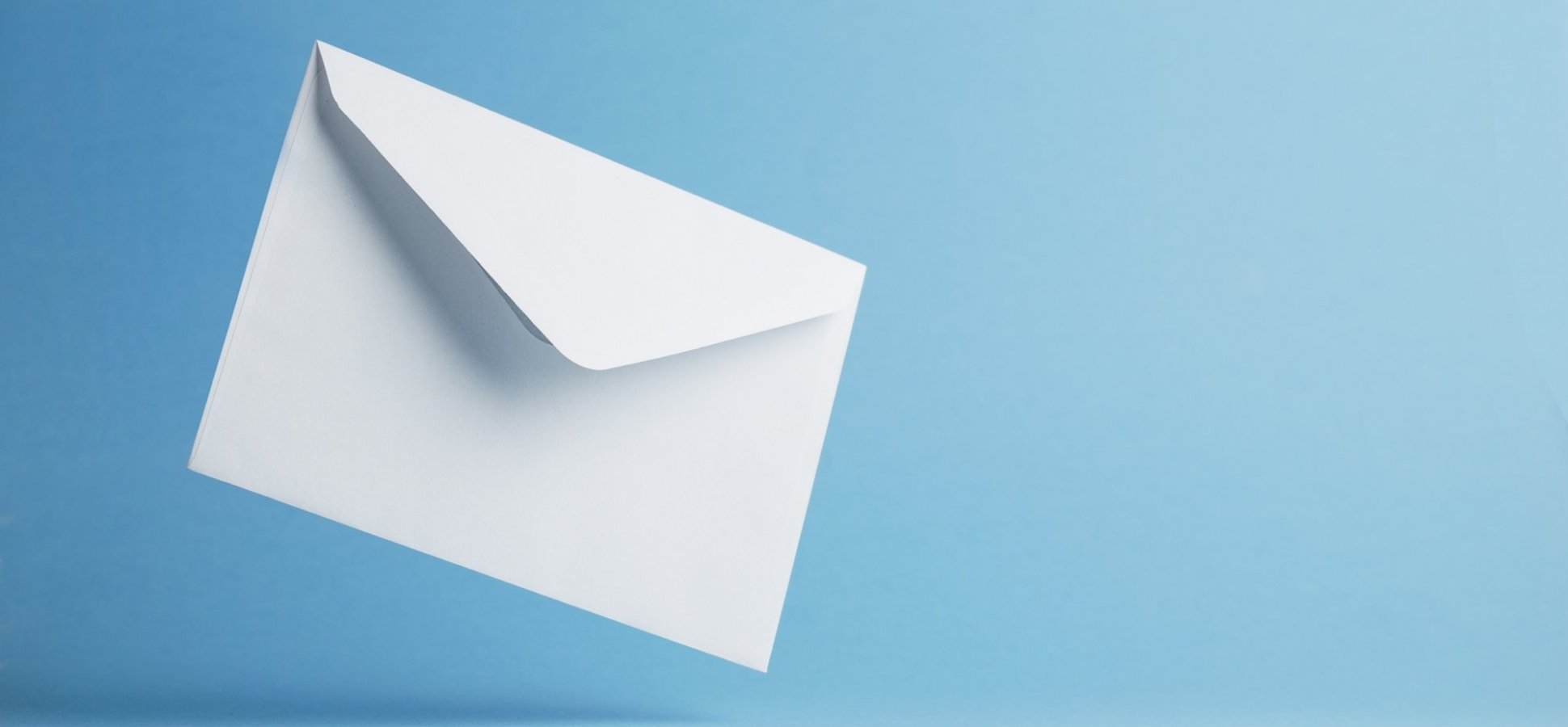Would you walk up to a stranger at the mall, park, pool, street and ask to put their names and contact information in your cell phone or send them a Facebook friend request? I hope not. I also hope you will bear this in mind in your LinkedIn dealings.
LinkedIn is for forming professional relationships, so that you can help be a resource to others and call on others to be a resource for you. It’s not for collecting connections for the heck of it. It’s not about how many connections you have but about how well you know the majority of the people in your LinkedIn network so that when you can help — with a recommendation, referral, introduction — you can and when you need that same help you know whom to call on.
Here are three tips when it comes to your LinkedIn network — one for extending LinkedIn invitations, one for getting to know more of your current connections and one for handling invites from random people you don’t know.
1. No strangers allowed.
You should ask to be “linked” only to people you actually know from throughout your career. Coworkers, managers, colleagues, vendors, clients, people in the same professional organizations and networking chapters. Friends and family, so long as you keep it professional on LinkedIn and save the personal sharing for Facebook.
You can be linked to others whom you’ve met briefly but long enough to chat about your professions and exchange business cars or contact information. I’m talking people you meet at trade shows or at a networking event or while stuck on a delayed work flight.
You can be linked to others whom you’ve me virtually if you share a connection. Perhaps someone introduced you thinking you should know each other. Perhaps you reach out to someone who went to your same college and lives in your same small town and you make plans to meet up soon in person. That’s cool.
I became connected recently to a woman in a similar field — marketing — who’d reached out after reading one of my columns and offered a point of view I’d never thought of. We “talked” back and forth a few times before I extended an invite. She’s someone I’d like to stay in touch with for future columns, and I said as much in the note I included in my invite. That’s another thing; it’s always nice to include a note about how you know each other (I enjoyed meeting you at my husband’s holiday party.) or why you’d like to keep in touch via LinkedIn.
2. Get to know your network.
Are you reading this thinking “Oh no, I’ve hoarding LinkedIn connections. Who are all of these people?” Don’t worry; you can regain some control of your network and have a better LinkedIn experience for it.
First, go through your connections and consider unlinking from people you really don’t know at all or have nothing — alma mater, employer, group — in common as far as you can tell.
Second, for those you have only a slight understanding of how you are connected, send personal LinkedIn messages. You can ask how they’ve been or what’s new in their careers and share something about you. If they’re local, you can ask to meet up for coffee to put a face to a name or to reconnect or chat about work.
Note that this process could take a while. Maybe make a deal with yourself to send a certain number of notes a week.
3. Grow your network thoughtfully.
Don’t accept every invitation to connect. If you’re a lawyer in Indianapolis do you need to be connected to a start-up entrepreneur in Seattle whom you don’t know?
If someone sends you an invitation and it appears you have something in common or some reason to connect, consider it. It would be nice if this person included a note to make their case. But if not, do some digging. You could, for example, send a reply saying something like “Hey, I see you’re a photographer in Charlotte. I’m a public relations pro here and sometimes need photographers. How about we meet up to discuss our work?” Or if the person isn’t local, ask to catch up by phone. You could reply with “Hey, I see we both went to the same college. I’d love to chat about how you keep up with other alumni.”
What you have to remember is if you don’t know your connections, they can’t help you get your next great job, meet your next manager, land the next big fish client, find the ideal hire and basically continue to kill it professionally.
